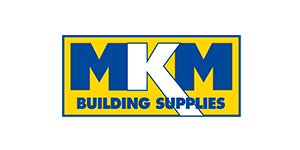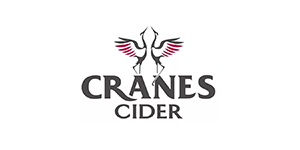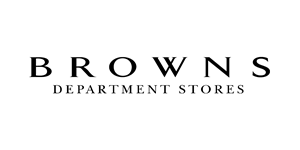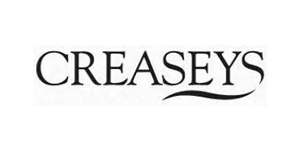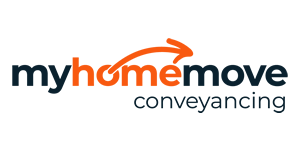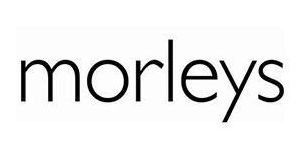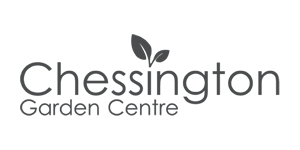
6 Steps to Designing a Digital Marketing Strategy That Works
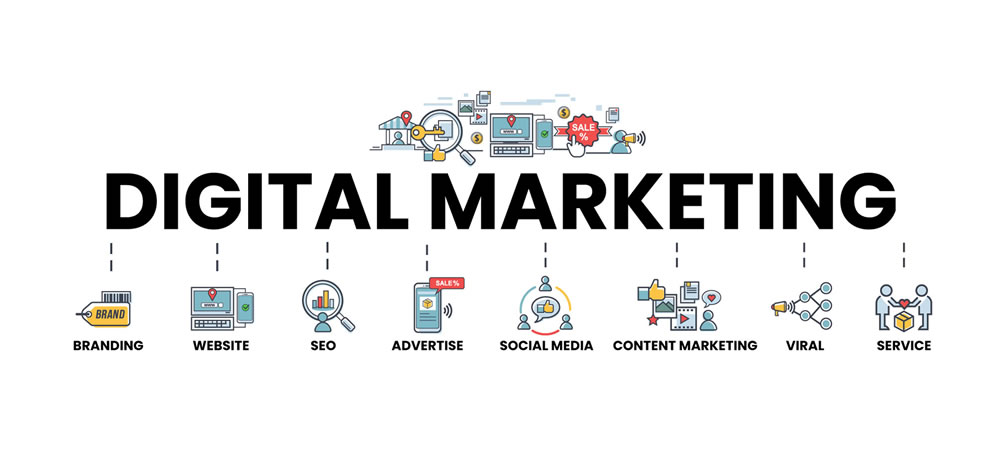
In 2020 it’s safe to assume most marketing strategies will have an element of digital channels within them. Over the past decade consumers have been using technology more and more in their daily lives so it’s natural that brands would want to reach out through these channels and engage with their customers in this way. However, there are some important considerations to ensure you’re successful in this area, otherwise time, effort and money could go to waste. Here we look at six steps to help you develop and maintain a digital marketing strategy that delivers on your goals.
1. Identify Customer Insights and Build Customer Personas
Any marketing strategy should start with the customer at its heart, digital or not. Having a deep understanding of your customer – their needs, desires and motivations as well as key demographics – is critical to success.
Having detailed customer personas is an important first step to building a digital marketing strategy. The information poured into these should be a mix of quantitative (interrogating the data within your customer database) and qualitative (research and interviews.) Include those who are existing customers but also prospects who make up your target audience but aren’t customers right now. Why aren’t they customers? Research will help uncover those insights. You should caution making assumptions – your personas should be built on real customer insight to ensure accuracy.
The sort of information that would be useful will vary depending on the business and sector. However, here are a few ideas that you can use as a starting point:
- Demographic data: Age, location, income, occupation
- Quantitative business-specific: Frequency of purchase, average order value, % sales online vs offline, member of loyalty scheme, Net Promoter Score
- Qualitative business-specific: Goals and motivations, frustrations, priorities
- Behavioural: Technology used, top websites, favourite brands, hobbies and interests
This information should help to build detailed personas that will be the stepping-stone for any successful digital marketing strategy.
2. Set SMART goals
Goal setting is critical to help you guide your business forward. Your marketing goals should always be tied back to the fundamental goals of your business.
SMART is an acronym that you can use for your goal setting to make sure they are clear and reachable. Each one should be:
Specific
- Target a specific area for improvement. This is your mission statement. What do you want to achieve and why?
Measurable
- Goals need to be measurable to be tangible and to ensure that you can track your progress and see how much further you need to go.
Achievable
- Your goals need to realistic and attainable to be successful. Often, it’s a good idea to set two targets: an achievable target and a stretch target to help you push yourself that little bit further.
Relevant
- Your marketing goals need to be relevant to your business goals in order to help move your business forward. Make sure it’s a worthwhile activity that will create a real difference to your business.
Time bound
- You need a target date to set your focus and have something to work towards. It’s often a good idea to break down bigger objectives into smaller ones with shorter timeframes for achievement. This helps to make the plan more actionable and achievable and makes the big objective less scary.
Some authors have expanded the SMART goals format to make SMARTER by including Evaluated and Reviewed.
3. Create a Channel Plan – Evaluate Owned, Earned and Paid Channels
Having a well-defined plan will help you structure your marketing activity to ensure you meet your goals and communicate with your customers and prospects in a clear, engaging and timely way. It will also help you prioritise, allocate resources and meet targets.
There are two audiences you should consider when developing a digital marketing plan:
- Existing customers: How do you engage with customers who’ve already purchased from you to ensure they return and encourage them to advocate from your brand with friends and family?
- Prospective customers: Which channels and what messages will help to win over prospective customers? What are their barriers to purchase?
When developing a channel plan, you could consider splitting this out into Owned, Earned and Paid channels.
Owned Media
Owned media refers to channels that belong to you. They can include your website, social media channels, email and content such as articles or videos. These channels are usually free or low cost but may take some work or assistance to do well.
Earned Media
Earned media refers to the exposure you earn through word-of-mouth or PR. This could be a combination of blog mentions, newspaper articles or reviews left on websites with customers talking about their (hopefully positive!) customer experience. It also includes social media shares.
Paid Media
Paid media refers to any channel where you spend money to deliver your marketing messages. This can include a whole host of channels on and offline. Digital channels can include, paid search, social media advertising, affiliate, native, display and video.
Your digital marketing strategy should focus on channels that drive value & ROI. With a plethora of channels to choose from, you should evaluate each channel to ensure you focus your attention and spend on the channels which will drive the most value.
Smart Insights conducted research on the channels marketers rated as delivering the best ROI in their report, “Managing Digital Marketing in 2020.” The report found the channel with the highest ROI was SEO, followed closely by content marketing and then email marketing (including marketing automation.)
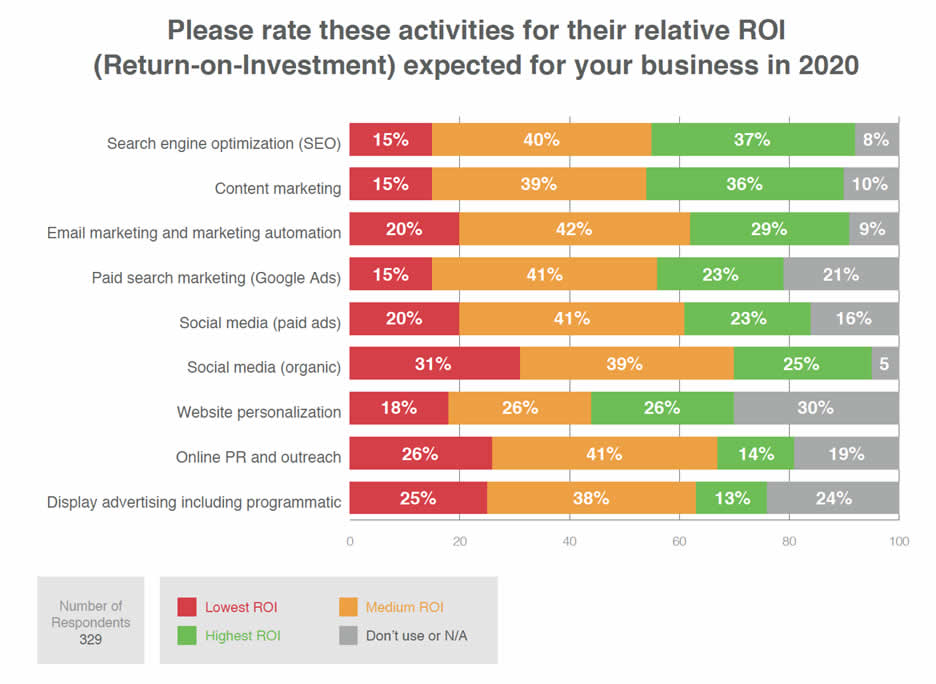
However, they rightly mentioned that different channels may be more important for specific business or sectors. B2B in particular often requires a different approach and Google shopping is often important in online retail.
As well as ROI, businesses should also consider the impact the activity will have on business goals. If an activity has a very attractive ROI but will only bring in a couple of sales or leads a month, does the effort make it worthwhile to include within the mix of activity? The same Smart Insights report also included this insightful chart which shows content, marketing automation and big data are thought to have the biggest impact.
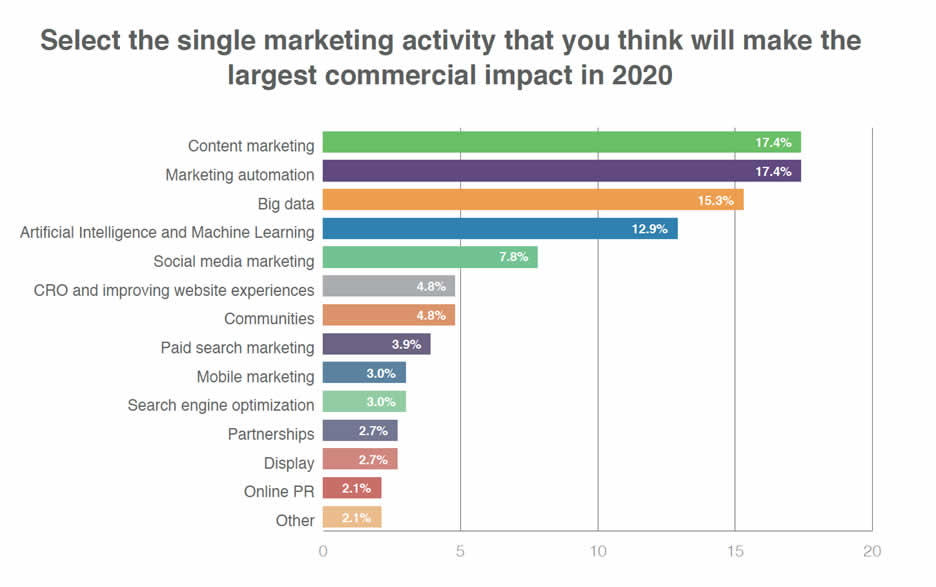
4. Develop a Creative, Messaging and Content Strategy
So, you’ve now determined who you want to target and where you want your communications to be seen. Now you need to work out what you want to say. Here are some key questions to answer to help you plan your creative, so it delivers the right message, at the right time.
- What are your brand values? – what makes you unique? What’s your brand story?
- What is your brand tone of voice? – what is your personality? How will you charm your audience?
- What is your unique selling point/s or headline? – the main focus of your communication
- What are the other reasons to buy? – for example, free shipping / returns
- What are the main barriers to purchase? – how can you help the customer to overcome these
- What is the call to action? – what do you want people to do and how can you make this easier?
- Will you be using a promotion? – promotions can be a good hook to persuade a customer to buy, but make sure it aligns to your brand values
- What imagery or video do you need to support this messaging? – good quality visual stimulus is really important in many sectors, particular retail
- What stage of the purchasing journey are they at? – ensure your message is relevant at each stage of the journey, ideally you should have a staggered messaging approach
5. Make sure to Consider the Different Stages of the Sales Funnel
A Sales Funnel breaks down each stage of the customer’s purchasing journey. It illustrates the path that customers take before making a considered purchase. The funnel starts wide with mass advertising aimed to reach as many customers as possible then gets narrower as relevant prospects move down the funnel and get closer to the point of sale.
There are a number of different models that can be used to illustrate the stages of a sales funnel. The RACE model below is a simple starting point.
Reach
Buyer stage: Exploration
Create awareness of a brand through mass advertising designing to reach as much of the desired target audience as possible. The aim is to drive traffic to site (or into store in an offline world.)
Act
Buyer stage: Decision Making
Encourage interaction with a brand’s content through the website experience, social media channels and communities so prospects become engaged leads.
Convert
Buyer stage: Purchase
Drive conversion to sale. This could include a combination of retargeting ads, paid search and CRO to ensure customers are reminded of your brand and go through to complete the purchase.
Engage
Buyer stage: Advocacy
Long-term engagement encouraging repeat purchase and brand advocacy, so customers return to site, recommend the brand and share its content.
Your messaging and channel strategy need to adapt for each stage of the funnel. For example, during the Reach phase you might include video and native advertising to generate interest, intrigue and encourage them to click through to your website to find out more. Once there you want to engage them with relevant content and ensure optimum usability of the site. Many users don’t go through to purchase the first time they land on your website. They’ll go off and research alternatives or look for reviews. You therefore need to make sure you’re kept front of mind and visible when they leave by putting in place a retargeting strategy and ensuring your brand is featured for specific keywords in search engines.
Finally, make sure you assign KPIs to activity in each stage of the funnel so you can track and optimise your plan ongoing.
6. Test & Learn
The final step is Test and Learn! Tracking and measurement are critical to any marketing activity. Digital channels are all trackable which means you can assign multiple KPIs across the funnel to help you understand how well your campaigns are tracking and benchmark them against competitors.
You should then create a plan for “always-on” optimisation. By having a structured test strategy, you can plan regular improvements to your website, campaign messaging and channel strategy. You will need to plan these tests so you can stagger them to make sure no other variables will impact a test and you can be certain of what is having a positive or negative impact and adapt your plan accordingly.
A/B testing can be implemented relatively easily in the following ways:
- Optimise your website – Little incremental tweaks can make a massive difference to conversion rate
- Test messaging strategies – Which of your product features is most appealing to prospects? Which call to action drives better response?
- Test channels – Which channel or combination of channels drives the best ROI?
- Test target audiences – Test broad vs narrow target audience and see which drives better ROI. Test different messaging or channels for different audiences.
Want to learn more?
If you need help implementing or optimising a digital marketing strategy, we’d love to hear from you. We have decades of digital experience including expertise in digital marketing strategy, insights, user experience / conversion rate optimization, creative and copywriting and eCommerce web design. To get in touch, contact us here.
References: Managing Digital Marketing in 2020 – Smart Insights

Fancy a Chat?
Call us on 01482 871 846 or Send us a message.
We’d love to hear from you.



